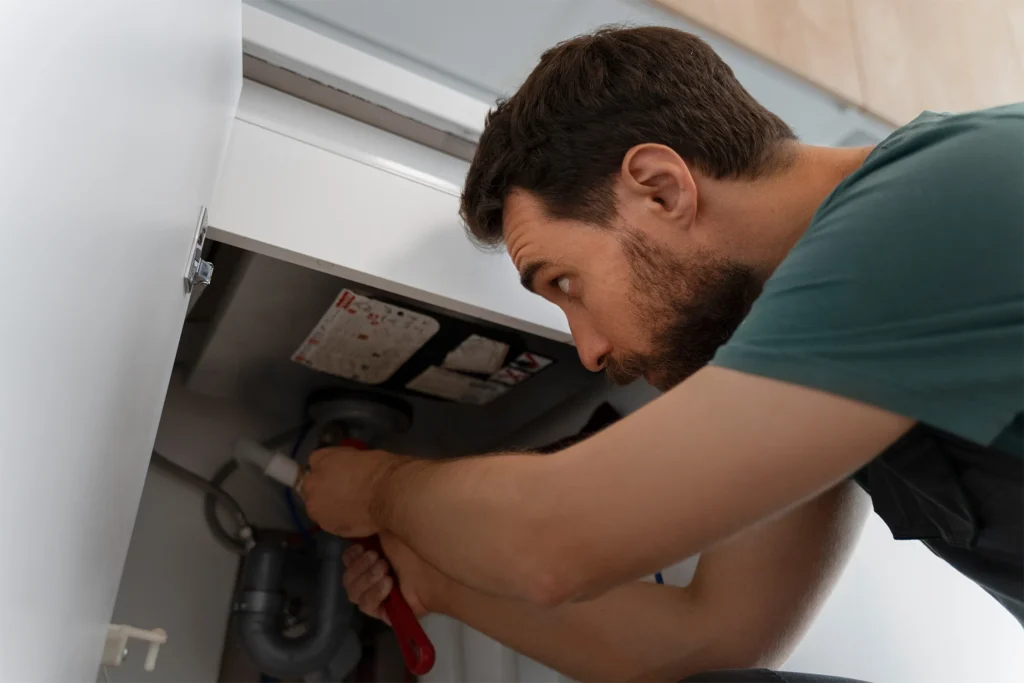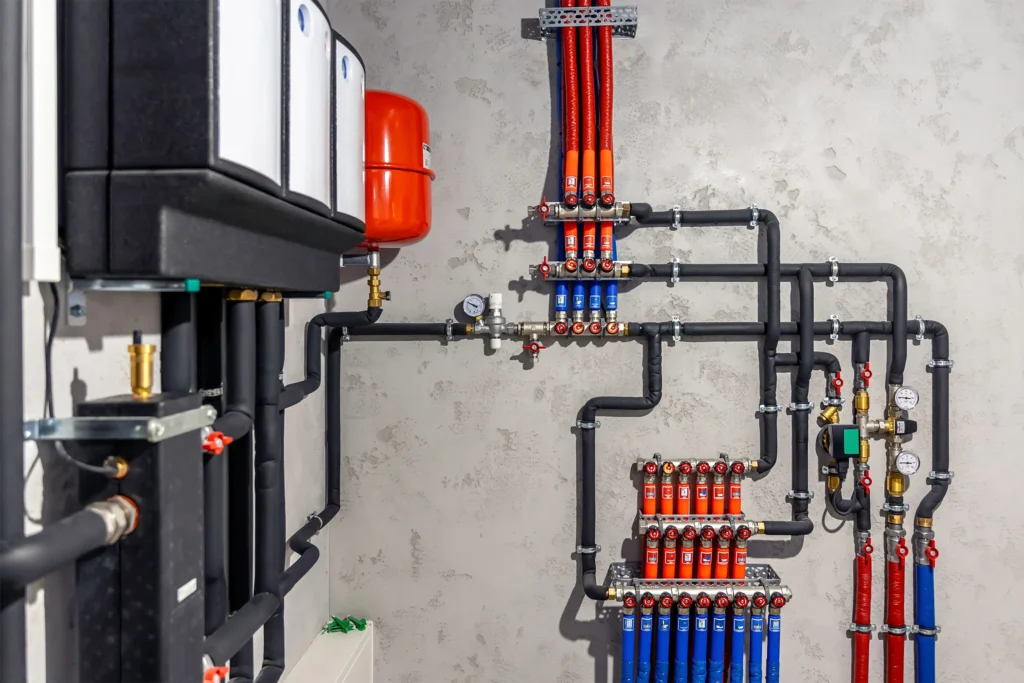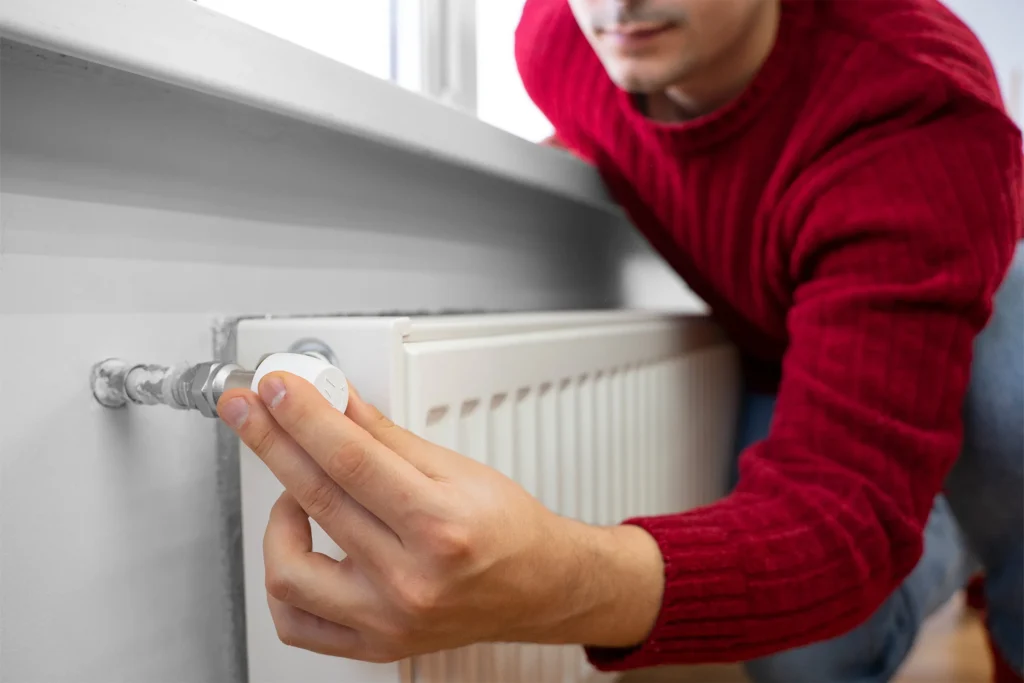Domestic Water Heating
Domestic water heating is a fundamental component of residential and multi-unit building infrastructure, providing a continuous supply of hot water for everyday use.
What are Brazed Plate Heat Exchangers (BPHE)?
The Role of BPHEs in Domestic Water Heating
Importance of Optimizing Heat Transfer Efficiency
Traditional tank systems can take time to heat water or recover after use, causing inconsistent supply or waiting periods. With those using storage tank water heaters, one of the most common frustrations is the delay in getting hot water to the tap. Inconsistent temperature, especially during peak usage times, can also be an issue, leading to discomfort and complaints.
These systems often circulate fluids like glycol or corrosion inhibitors, which are not safe for human consumption. If a leak or breach occurs in a traditional heat exchanger or shared-loop setup, there’s a possibility that non-potable fluid could enter the domestic water supply.



Benefits of AlorairCoil Brazed Plate Heat Exchangers
AlorairCoil’s BPHEs use a specialized fishbone plate pattern that maximizes turbulence, improving heat transfer efficiency by up to 99%. This results in quicker temperature rise, reduced workload on heat sources (like boilers or heat pumps), and greater overall energy savings in the home.
Space efficiency is critical in modern residential and multi-unit developments, where mechanical rooms are often constrained.
AlorairCoil BPHEs are specifically designed for compact integration without sacrificing thermal capacity. Their slim form factor and vertical mounting flexibility enable seamless installation in space-limited environments, including combi-boilers, tankless water heaters, and heat pump water heating modules.
AlorairCoil BPHEs are constructed using vacuum-brazed copper joints and SS316L stainless steel plates, ensuring high mechanical strength and corrosion resistance. The result is a heat exchanger capable of handling elevated pressures and temperatures commonly encountered in domestic hot water loops.
The smooth internal geometry resists scaling and fouling, even in hard water environments, reducing the frequency of service interruptions. This makes them particularly well-suited for domestic hot water systems that prioritize uptime, and operational efficiency.
Choosing the Right BPHE

Load Capacity
Calculate the amount of heat transfer needed to ensure that the heat exchanger is capable of handling the required thermal load and maintain system efficiency.

Operating Temperatures and Pressures
Choosing a BPHE with the appropriate tolerance ensures safe and efficient operation while preventing potential failures due to extreme conditions.

Fluid Type and Flow Rates
The type of fluid being processed the heat exchanger’s flow rate capacity affects the performance and longevity of the BPHE.

Material Compatibility
Material selection is vital to prevent corrosion and degradation, particularly with highly aggressive or specialized fluids that may require alternative configurations.

Available Space
Ensuring proper clearance for connections and maintenance access can prevent operational issues and facilitate easy integration into the system.
Conclusion
By incorporating brazed plate heat exchangers into domestic hot water solutions, system designers and engineers can address key challenges such as space limitations, fluctuating demand, and energy efficiency mandates.
